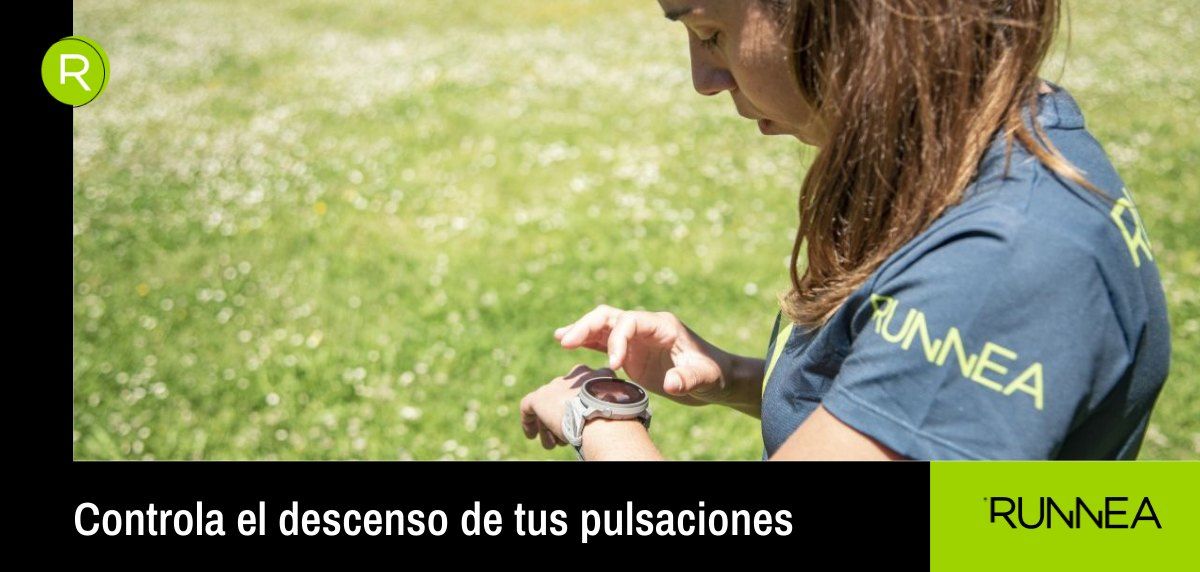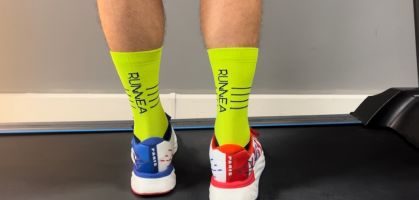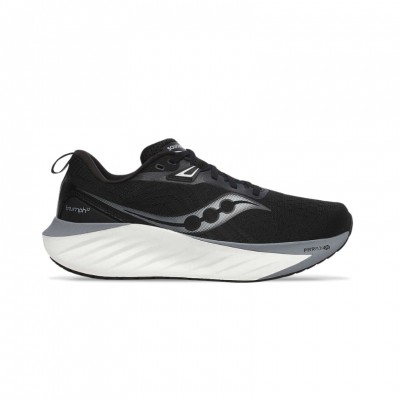Heart rate is one of the main variables used to establish training intensities in many work programs. Currently, this physiological variable is widely used to establish the different work zones, to reflect the intensity of training and to assess the degree of adaptation of an athlete to training.
This last aspect, being one of the main mechanisms for assessing recovery and adaptation to training, is one of the most interesting. However, it is not one of the most used by popular runners, despite its great interest.

How to understand your heart rate after training
Sometimes this lack of use is due to ignorance or simply because the popular runner does not know how to evaluate this parameter. In the following post we are going to talk about the importance of understanding and using the heart rate after training, or between repetitions, and the need to measure this same parameter once a day at rest.
The importance of lowering your heart rate after exercise
Many of you reading this post may have heard or read about the importance of a rapid heart rate recovery after a training session, repetition or set. Indeed, a rapid drop in heart rate after a workout, or a repetition, is an indicator of a good level of adaptation and fitness.
However, this variable goes further and in non-active individuals, the ability to lower heart rate in the minute following cessation of physical exercise is a predictor of mortality (Cole, et al., 1999). The relationship between a decrease in heart rate and the risk of a cardiovascular problem is inversely proportional(the greater the decrease in heart rate, the lower the probability of suffering one of these problems).
For all these reasons, being able to measure our heart rate at a given moment during training, with an almost insignificant investment of time, can give us a lot of information about our current state of fitness.
What happens if my heart rate recovery is slow?

Slow recoveries are more related to a lack of dominance of the parasympathetic system, this in turn is related to increased stress and therefore an inability of the body to return to an optimal state. Despite seeming totally undesirable for our performance, it is characteristic of times of the season when we accumulate large training loads and our body is not able to recover 100% to these. Although a priori this is somewhat shocking, these phases are necessary, in the right measure, to generate adaptations. However, it is not always desirable.
Your state of fitness based on your heart rate one minute after the cessation of exercise
As a very generalguideline, there are standardized values that try to qualify the recovery of the athlete based on the reduction in heart rate experienced in the minute following the cessation of exercise:
- A decrease of more than 70 bpm (beats per minute), related to elite athletes.
- Between 50-70 bpm, athletes in very good shape.
- Between 40-50 bpm, well-trained athletes.
- Between 30-40 bpm, sporadic athletes or athletes in the initial stages of training.
- Between 20-30 bpm, people with a low level or who are carrying a heavy workload.
- Less than 20 bpm, sedentary people.
Why is it important to measure your resting heart rate?
On the other hand, another of the most interesting applications of heart rate measurement takes place at rest. A daily measurement of basal heart rate when we wake up in bed can be very useful to know if our organism has been able to adapt to previous sessions. Although there is no exact parameter that indicates when to know if we have assimilated the training load of previous days, 8-10 beats above our basal heart rate (previously established in the absence of fatigue) can tell us that the session of that day and/or following days should have a regenerative character.
Certainly the heart rate monitor is one of the most economical tools and can provide us with the best quality data.
Read more news about: Running Training






















